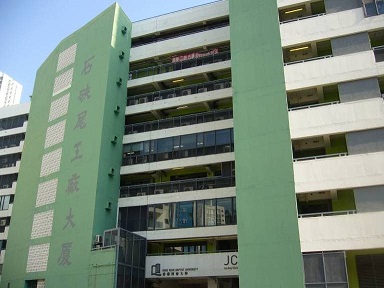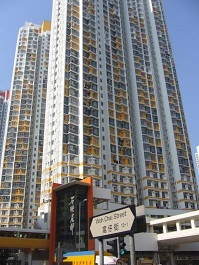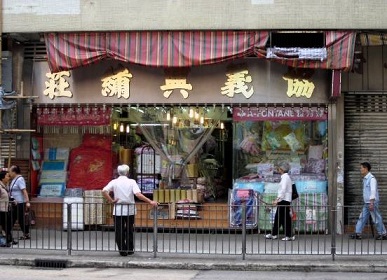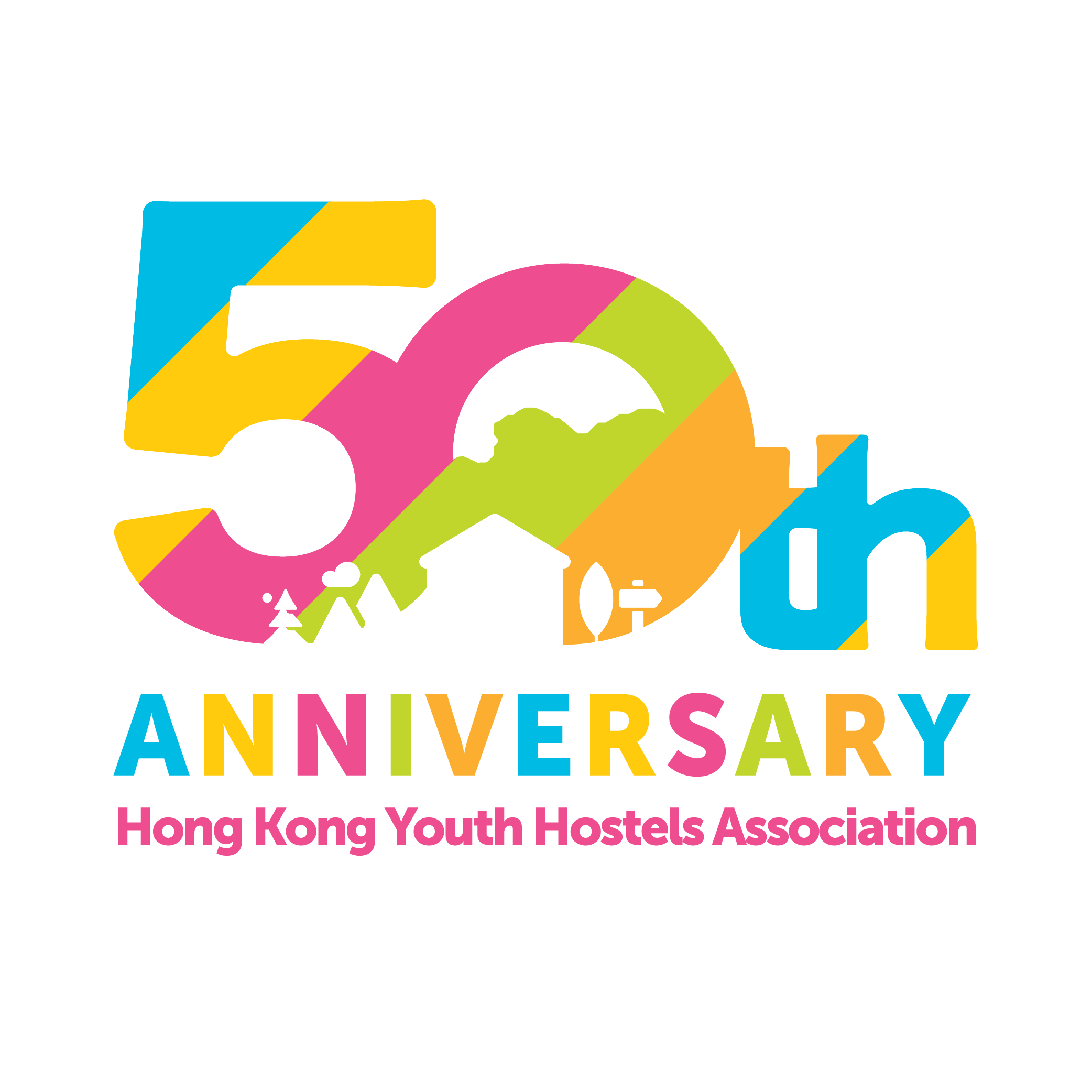SHEK KIP MEI ESTATE
THERE ARE MAY ATTRACTIONS IN THE SHEK KIP MEI ESTATE.
2014-03-05
YHA Mei Ho House Youth Hostel is located in the city center of Kowloon, just 10 minutes walking distance from Sham Shui Po or Shek Kip Mei MTR station. There are many attractions worth visiting in the nearby Shek Kip Mei neighborhood:

1. Jockey Club Creative Arts Centre (JCCAC)
Originally a Shek Kip Mei factory building, which housed many small family-run factories in the 1960s and 1970s, the building was converted to The Jockey Club Creative Arts Centre (JCCAC), an art centre in 2008. JCCAC retains the architectural features of the old factory buildings. Most of units within have become the studios of artists and art groups. Different types of cultural and art events are organized for the public from time to time.

2. Former site of Shek Kip Mei Government Primary School
Founded in 7 September 1959, Shek Kip Mei Government Primary School offered classes in two sections – A.M. and P.M.. Pupils of the school were children from Shek Kip Mei and Sham Shui Po districts. School fees were HK$5 a month, while those from poor families enjoyed exemption. Pupils did not have to wear school uniform and adult education was offered at the campus in the evenings. As the population of the districts was getting aged, the school was closed in July 1980. Shek Kip Mei Government Primary School nurtured many children in the area. Over the years, graduates of the school became government administrative officers, professors, doctors, school principals etc. The school campus was subsequently converted into St. Francis of Assisi’s College and St Francis of Assisi’s Caritas School. The campus has been vacant but the building is still in good condition.


3. Shek Kip Mei Estate in the 1970s and 2010s
Shek Kip Mei Estate has been being developed from time to time since 1950s. Mei Ho House, completed in 1954, was the earliest H-shaped resettlement blocks in Hong Kong. In 1970-1980, Shek Kip Mei Estate was redeveloped for the first time, including the improvement of apartments in the resettlement blocks. In 2012, single block high rise buildings appeared in the estate. At the conjunction of Woh Chai Street and Nam Cheong Street, visitors can see the spectrum of public housing estates from 1970s and 2010s. They are distinctly different from their modern counterparts in terms of architectural style, design and facilities, but the buildings are intricately connected in the development aspect. Visitors can walk around the district and experience the living environment of different local generations.

4. Hip Yee Hing
Founded in 1972, Hip Yee Hing is a family shop in Sham Shui Po specialising in cotton products and Chinese wedding dress. Hip Yee Hing’s duvets are handmade with traditional technique. The beating of cotton for blanket content and flattening of silk for pattern sewing are all done manually. Handmade silk duvets are no longer popular nowadays. Many Hip Yee Hing’s customers are senior citizens and loyal customers. The business has declined substantially. However, the shop continues to perpetuate the family’s business and traditional technique.

5. Tenement in Berwick Street
Old tenements were one of the characteristics in Hong Kong. The amount of sunlight and ventilation, even feng-shui, were important elements for the architectural consideration of tenement in the 1950s and 1960s. Owing to the humid weather in Hong Kong, balcony design of Guangzhou tenement were commonly adopted as a way to maximum volume of sunlight. In this way, the balcony protected goods in retail shop downstairs from rain and improved air circulation because of the high ceilings. Today, the tenement cluster, which consists of a dozen buildings, are still the signature of the area of Nam Cheong Street, Berwick Street, Shek Kip Mei Street and Yiu Tung Street. Built around 1952, the buildings are four storeys high with two units on each floor. The TV antennas on the rooftop are testimony of the livelihood in the old days, Hong Kong in the 1970s and 1980s.





